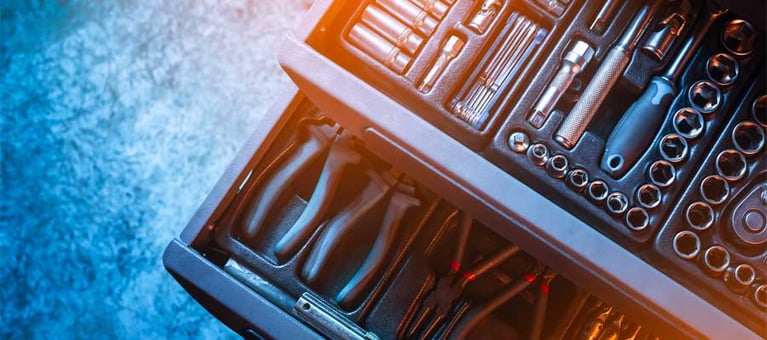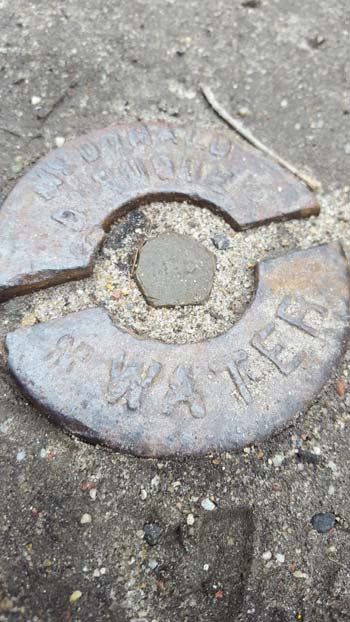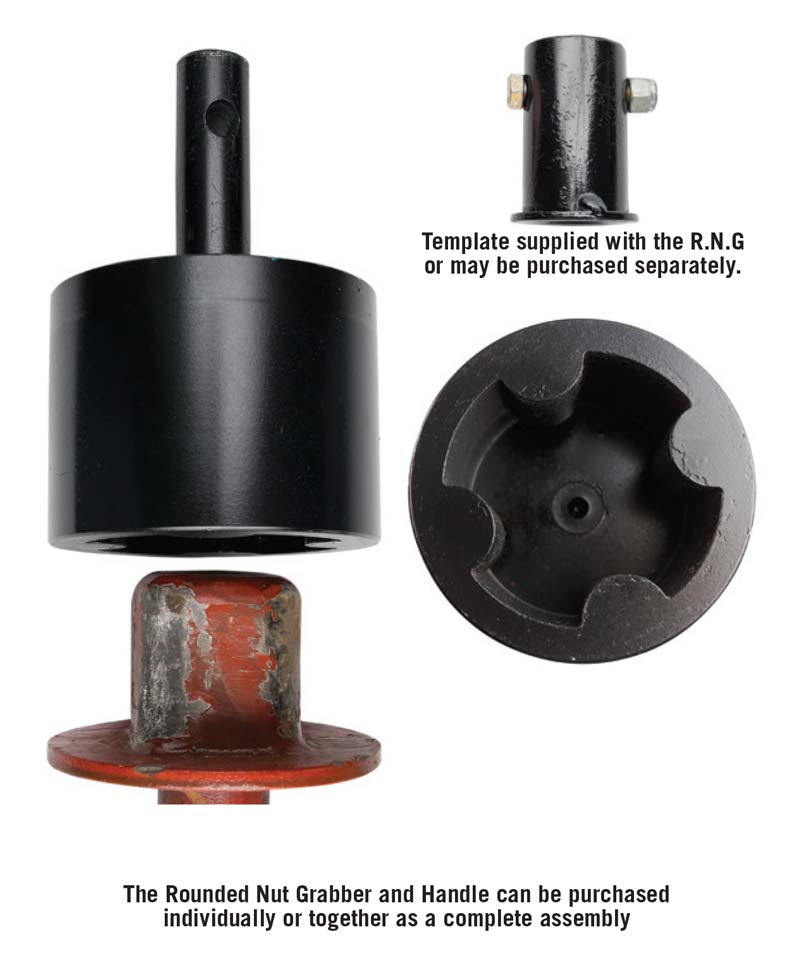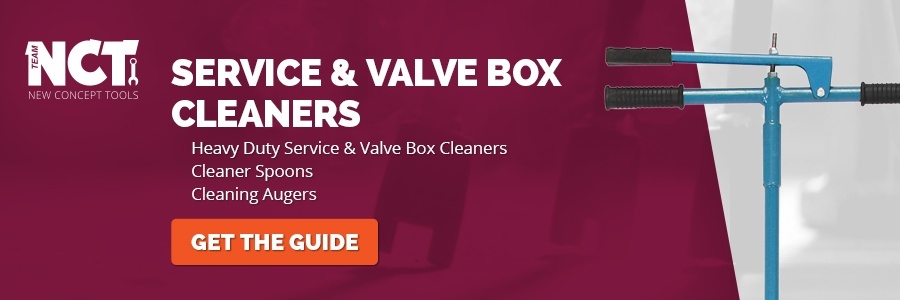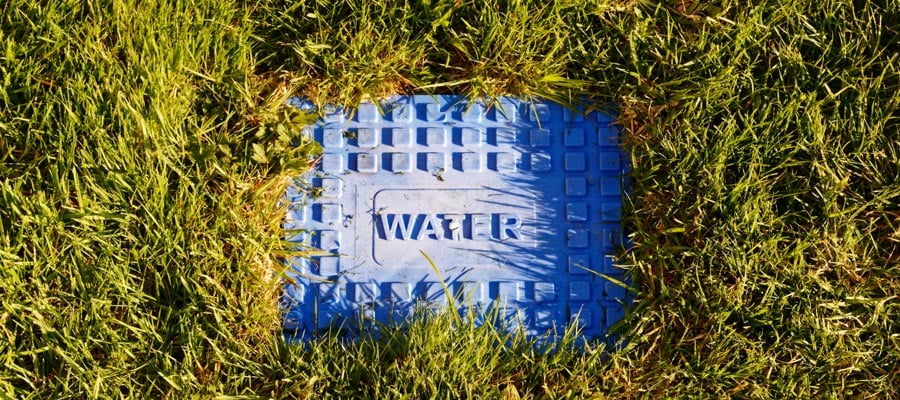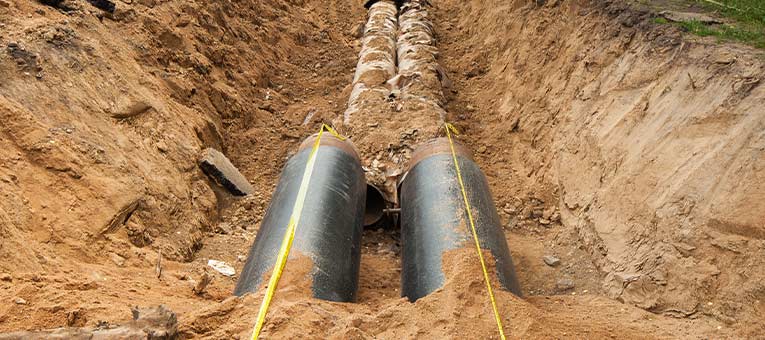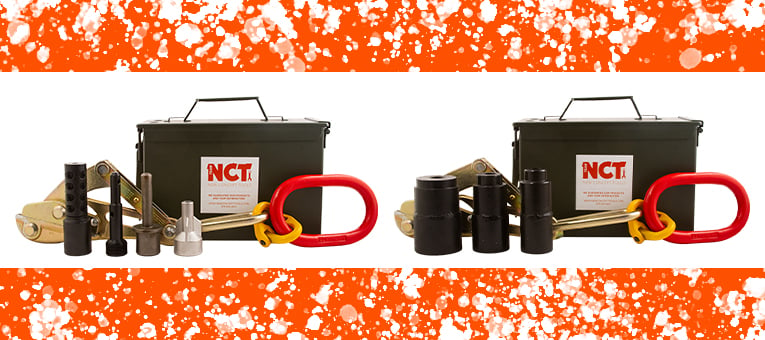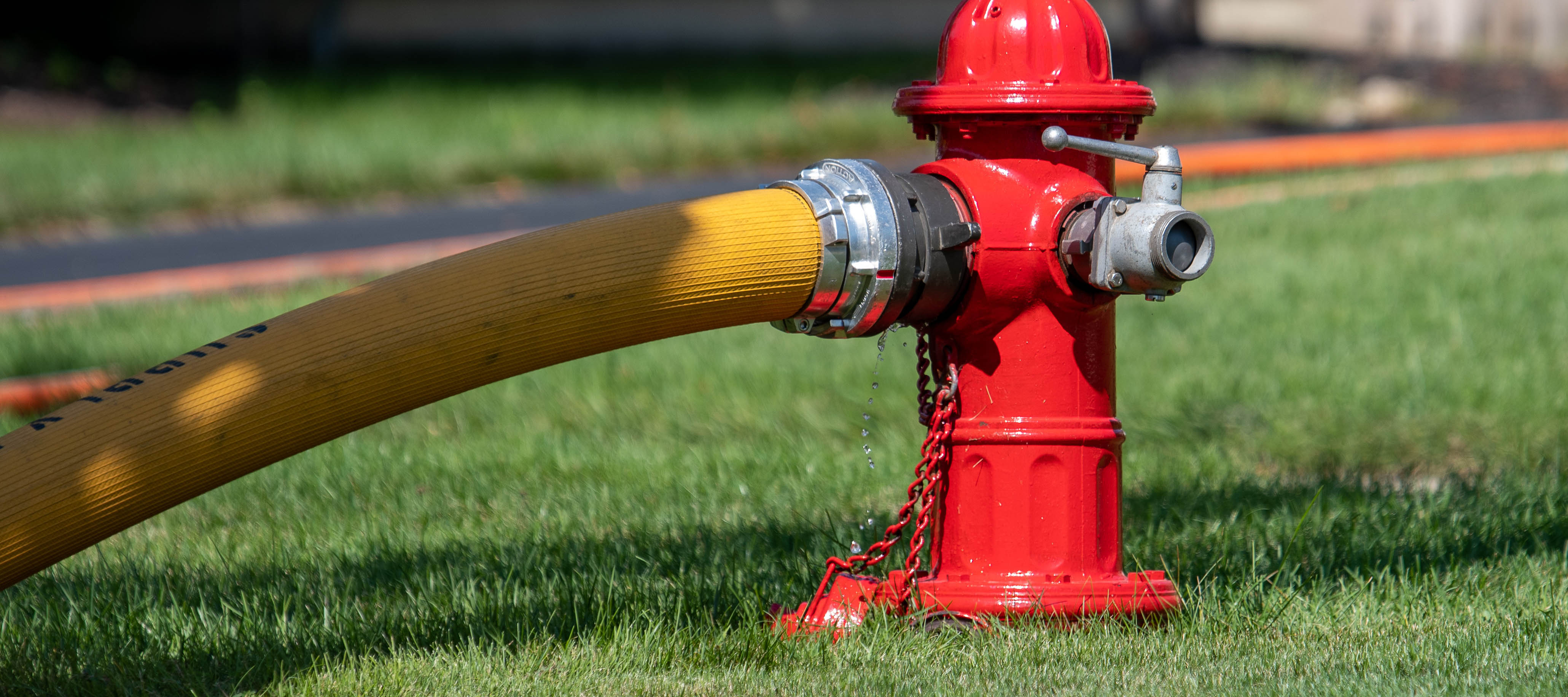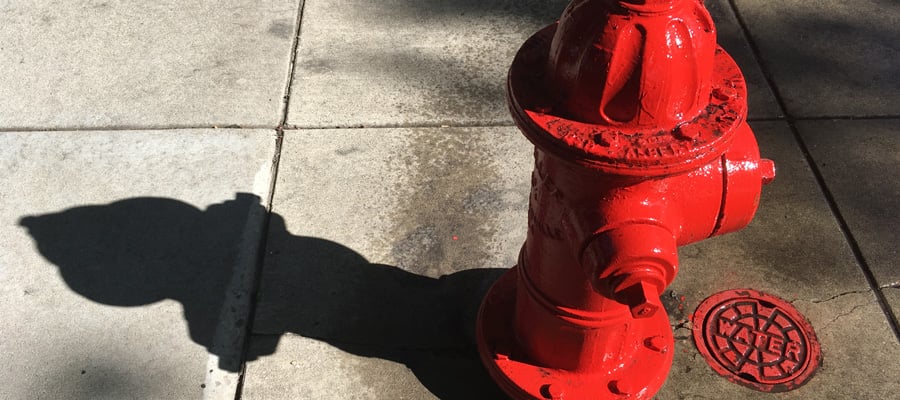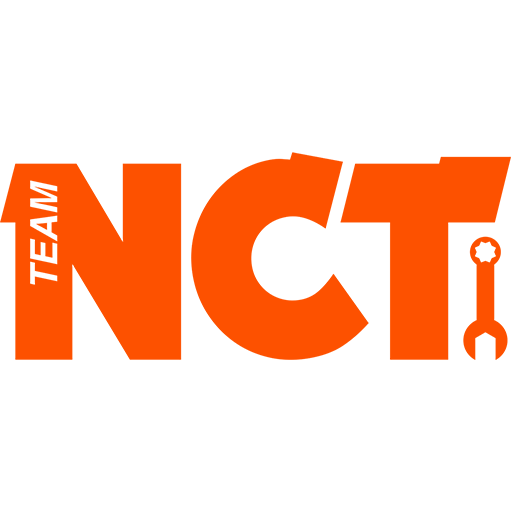Keep it Moving: The Importance of Valve Exercise and Maintenance
When it comes to keeping the water moving, valves are a vital part of your system. But when they are left without maintenance for long periods of time, they can become a big part of a very serious problem, especially in an emergency when every moment counts. Fortunately, it's not too hard to add a valve maintenance and exercise program into your schedule. Here's why it's important and how to get it done.
Surely the valves in your system are not in that bad of condition, right? Unfortunately, the national average for valve operability is an astoundingly low 60%, meaning that the valves you need to operate will work less than two-thirds of the time. That's a pretty serious failure rate! By exercising the valves, or putting them through their range of motion, on a regular basis, you can make sure that the valves will operate when they're needed for a repair on that section of line, to shut off water to a delinquent customer or to turn off the water to a broken line. When the valves don't work in these situations, your crew will need to go to a valve further back, cutting off service to more customers and wasting time as they hunt down the next valve up the line from the problem valve.
But how often should valves be exercised and have maintenance performed? To a certain extent, it will depend on the size of the customer. A hospital, restaurant or industrial complex may have stringent needs for regular water delivery. A major supply line will also need to receive quick service to keep it running as much as possible. This means that the valves in these situations must be exercised and maintained more frequently, as the time these facilities are without water must be kept to a minimum. By comparison, a single home's valve may be checked less frequently. At a minimum, you'll want to exercise valves at least every few years, if not more often.
The first time you get back into the habit of adding valve maintenance and exercise back into your routine, it may take a little longer than future sessions will. Why? You may find that some of the valves have become cemented or stuck in position, that the valve itself has been paved over or buried, that the operating nut has been damaged or rounded over, or that the valve spins freely, suggesting that it is not moving the disc due to a broken stem. When you face these issues, you'll need to make allowances for repairing or replacing the valve. Fortunately, future sessions should take a shorter period of time as the previously exercised, newly repaired or replaced valve is now operating properly.
By maintaining a regular schedule of valve exercise and maintenance, you can ensure that your valves will respond when you need them most. But what if your tools make regular maintenance a pain? It's hard to get the job done when your valve wrenches are slipping or you're having to work with make-shift tools and solutions. At New Concept Tools, we have the answers you need. Our tools are developed specifically for the waterworks industry, giving you the high-quality performance and easy field solutions you need to keep the water flowing. Please feel free to contact us today to see how we can help you find the right cure for your water utility's headaches.
Sources: Optimized Valve Maintenance Where's the Value and Where Do I Start

